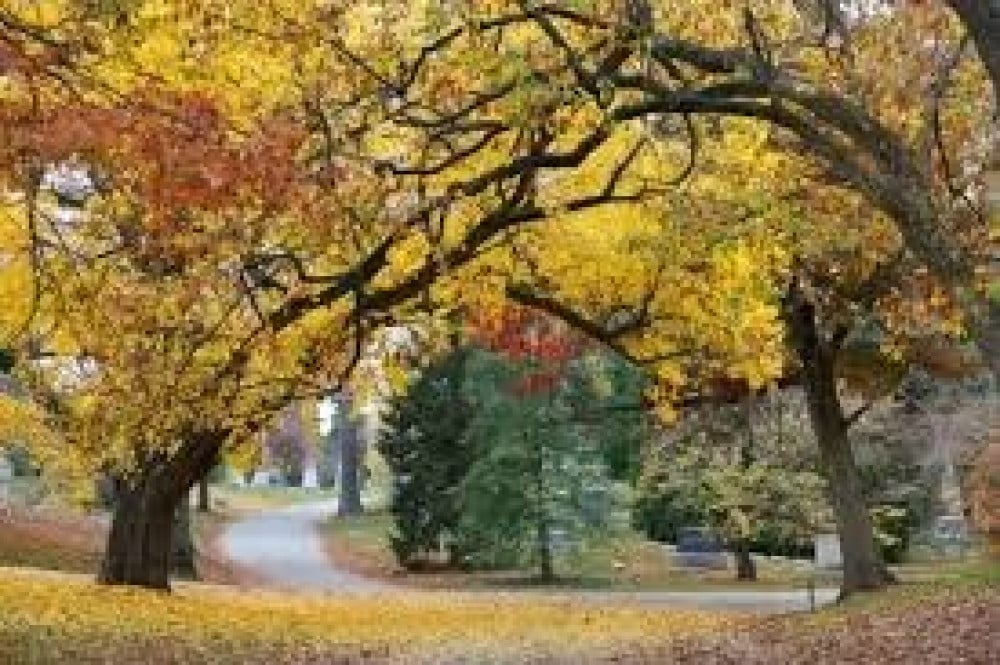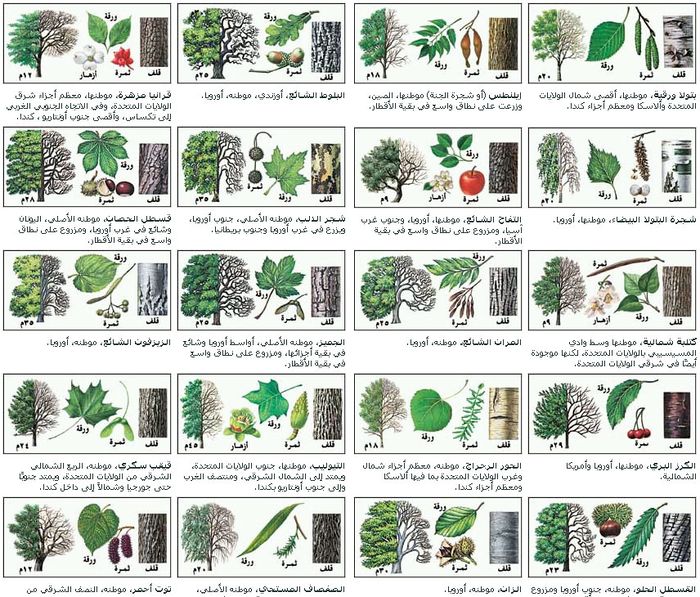Broadleaf trees
It is the most numerous and diverse group of trees. It includes birch, elm, maple, oak, hickory, willow, and many other types of trees familiar from the northern hemisphere, as well as the many eucalyptus species in Australia and New Zealand, and most tropical tree species such as mahogany and mangroves. In addition to its broad, flat leaves, this group shares other traits. Almost all broadleaf trees in temperate regions are deciduous; That is, it loses its leaves in the fall season of each year, and a few broad-leaved trees in temperate regions do not lose their leaves in the fall season, and these evergreen broad-leaved species include; Boxwood trees, northern European oaks, and some trees of the tropics are deciduous, but most are evergreen. Foresters call hardwoods broadleaf trees; Because many of these trees, such as the types of beech, maple, and oak, have strong and solid wood, and such wood is suitable for making good furniture. Some broadleaf trees, such as linden and poplar, have weak, light-weight wood.
Desert oak trees grow in central and northwestern Australia. The wood it produces is very hard and resistant to insects and pests. Most of the trees in this area are small in size.
Broadleaf trees of the northern hemisphere
Broadleaf trees belong to a large group of plants called angiosperms. These plants have flowers that develop into fruits that encircle the seeds entirely. The fruit is the seed or seeds of the plant as well as the parts that surround it. Botanists divide angiosperms into two groups: monocotyledons and dicotyledons. Monocotyledons produce seeds that contain a single leafy structure called the cotyledon. See: cotyledon. These plants include palm trees, pansies, and tulips. Dicotyledons produce seeds with two cotyledons, and these plants include broadleaf trees. Also belonging to dicotyledons are a few species of trees that do not have broad, flat leaves, such as the saguaro cactus of the southwestern United States. It is pivotal


